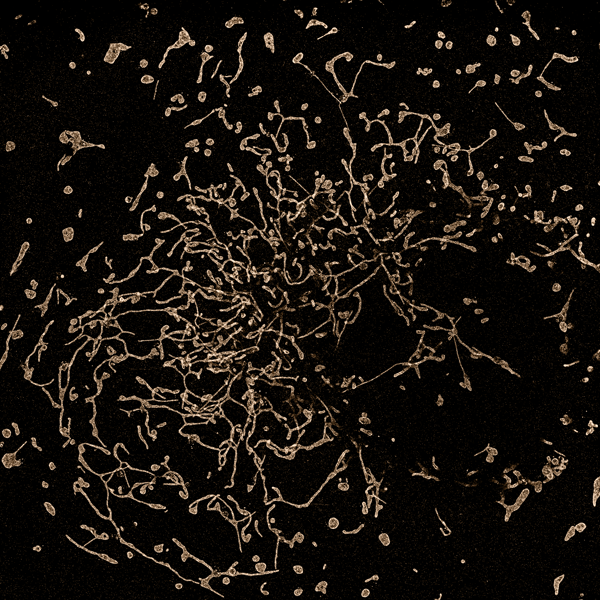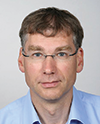Using chemical sensors and biophysical tools, seven research groups address a much neglected issue: the cell as a physical object, which is subject to forces, pressures and tensions. In 2016, the NCCR Chemical Biology reinforced this research project with the hiring of Prof. Karsten Kruse, a specialist in Theoretical Physics applied to Biology.
Interview with Professor Karsten Kruse, Principal Investigator

You are a theoretical physicist studying dynamic biological systems. How did you become interested in biology?
I became scientifically attracted to biological systems towards the end of my PhD. It was the time when the first collective effects of molecular motors were studied from a physical point of view. It was absolutely fascinating to see motors, which move directionally along cytoskeletal filaments as single entities, spontaneously oscillate when coupled together. In situations, when coupled motors interact with flexible filaments, they can generate bending waves that are for example used by sperm cells for swimming.
What has been the most surprising finding in your scientific career so far?
The possibility that networks of molecular motors and cytoskeletal filaments can spontaneously generate traveling waves. These waves could orchestrate the cytoskeletal filaments during cell migration. This in turn offers evolution a handle for changing migration patterns to optimize search processes in topographically structured environments.
Where do you see the power of theoretical physics contributing to the field of chemical biology?
It provides concepts and tools for understanding cooperative behaviours that result from the interaction of many molecules. Furthermore, it can also be instrumental for analysing the readouts of mechanical sensors. As a slightly more unconventional aspect, I would like to mention information theoretical aspects that are tightly linked to concepts from statistical physics. It is the combination of these three aspects that has a great potential for advancing our understanding of cellular signalling.
You are part of a project which is focusing on cell mechanics and endosomal motility. Which other NCCR projects do you find interesting from the perspective of theoretical physics?
Of particular interest are the projects on “Chemical systems biology” and on “Protein-based tools for visualization and manipulation of biochemical activities”. Concerning this last project, the probes developed for studying centriolar assembly or the effects of post-translational modifications on microtubule network dynamics offer most promising opportunities to test underlying physical mechanisms. Within the project on chemical systems biology, amazing tools for studying signalling pathways are developed. They might open the way to test theoretical ideas, for example, about signalling efficiency.
The NCCR Chemical Biology also contributes to teaching. Which lectures are you planning to organize in the future?
I will offer courses on nonlinear dynamics and introductions to the field of theoretical biophysics.
What has been the most interesting experience so far since you arrived to Geneva this summer?
The people. They comprise a large number of outstanding and enthusiastic scientists as well as most supportive and competent administrative staff. Together they create a scientifically most stimulating environment which makes the NCCR Chemical Biology and the University of Geneva a prime place for my research.
 Karsten Kruse is Full Professor in Theoretical Physics Applied to Biology at the University of Geneva. He works on quantitative biology and approaches to understanding complex mechanisms in cell biology.
Karsten Kruse is Full Professor in Theoretical Physics Applied to Biology at the University of Geneva. He works on quantitative biology and approaches to understanding complex mechanisms in cell biology.

Leave a comment
The editors reserve the right not to publish comments or to abridge them.